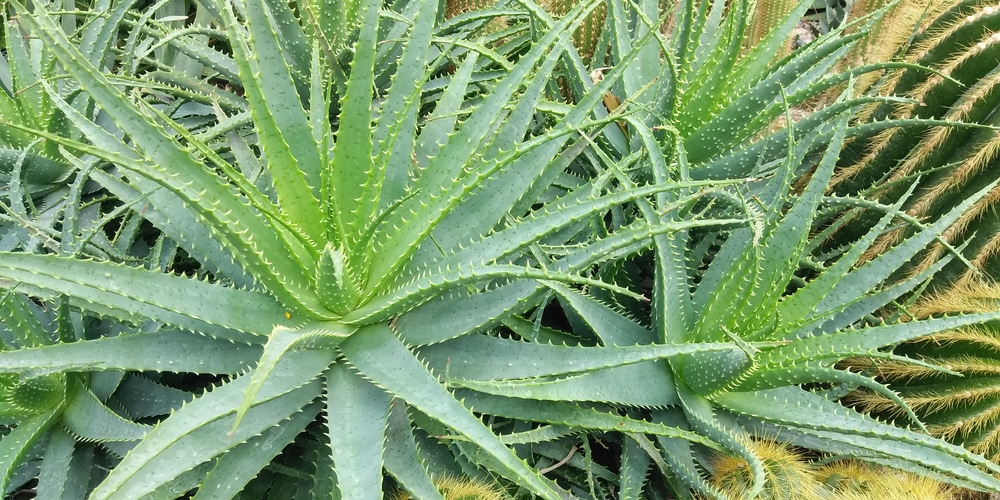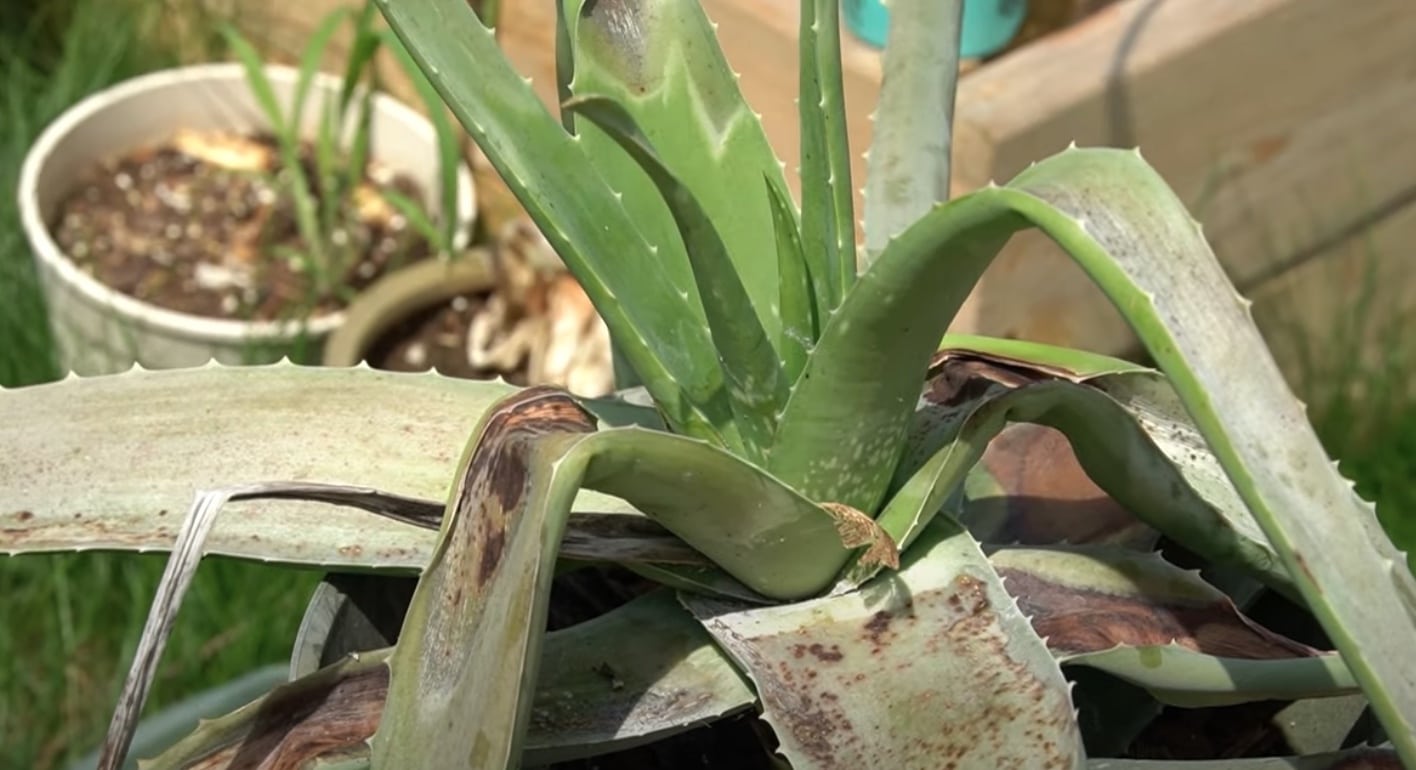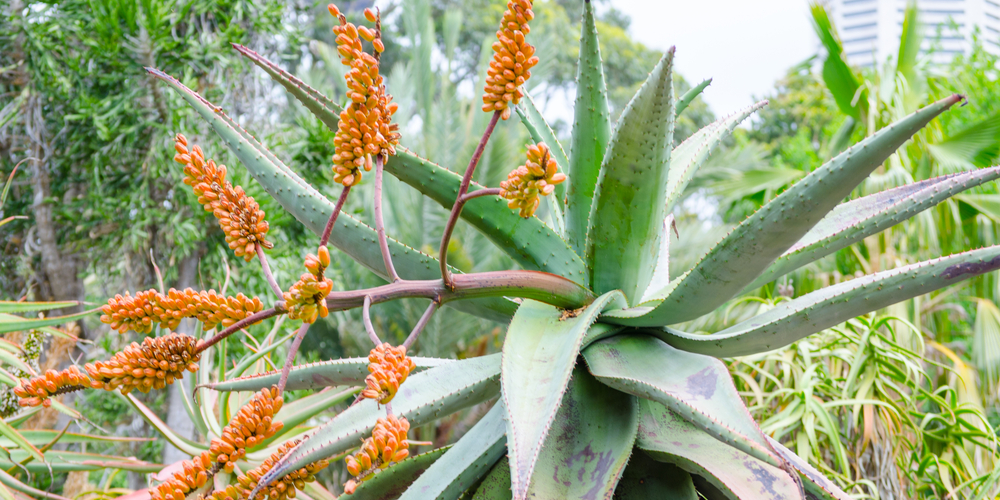Aloe plants are extremely popular in many homes around the world thanks to their unique nature and looks of the plant.
Also, it comes with many pharmaceutical purposes, meaning that it is often related to many natural medicines and treatments for certain health issues. They are popular for performing outstandingly well in warm temperatures as this is what is found in the natural habitat of the plant.
However, what would happen during winter or on days when the temperature drops below “safe” levels?
Can Aloe Plants Survive a Freeze? The next article will focus on answering all of these questions to provide a proper guide on how to deal with freezing temperatures when you have Aloe plants.
Can Aloe Plants Survive a Freeze?
Sadly, Aloe plants are not characterized for surviving very cold temperatures as they are the exact opposite of what Aloe plants should receive on a daily basis.
In the case of the Aloe Vera, they are not a cold-hardy plant, meaning that they will definitely die when temperatures drop below safe levels during prolonged periods. The plant will suffer frost damage and hard freeze on its leaves, turning them brown-black.
Most species of Aloe vera can not survive temperatures below 25 degrees Fahrenheit for several hours. In simple words, extremely low temperatures must be avoided at all costs as the gel-like fluid within the plant starts to freeze. After that, hard freeze destroys the whole integrity of the plant’s cells, resulting in a catastrophic loss.
How to Determine if an Aloe Plant is Freezing
It is easy to detect early signs of cold shock or freezing in the plant if you pay attention to the changes in its composition and foliage, so it is important to have a proper idea of how the plant looked before it was exposed to cold temperatures.
Aloe plants start developing certain signs after they have been exposed to extremely low temperatures:
Rot or Dark Spots:
In a plant, seeing signs of rot or dark spots is never a good thing. When it comes to Aloe plants in cold temperatures, this means that the cells and tissues are starting to get affected by a fungal infection due to the lack of light and the excess of “water” which in this case will be caused by the freezing temperatures.
Leaf Discoloration:
One of the earliest signs that can be seen in an Aloe plant that has been suffering from cold temperatures is the massive discoloration on the leaves.
When a red, white, or yellow tone is being developed in the leaf veins, it is safe to assume that something is wrong with the plant.
Sadly, these discolored spots are dead cells that got killed by the freeze. Affected leaves will eventually die and start falling off the plant.
This is a tricky sign as there are other common conditions that can cause leaf discoloration, so you can not assume that the plant is freezing just by seeing this symptom, more details are required as discoloration is also caused by overwatering or underwatering.
Bended Leaves:
If discoloration was not enough to make a diagnostic, then you will have more than enough information when the leaves start to bend and curl due to the tissue or cell damage caused by low temperatures.
It is important to relocate the plant to a warmer area as soon as possible to avoid developing more symptoms, use blankets or rely on artificial lighting to reduce the possibilities of cell damage or rot.
Can Aloe Plants Come Back from Death After the Freeze?
There are times when the plant might have not taken too much damage on its leaves, this can be noticed by comparing the amount of the plant’s composition that contains brown-dark leaves. If the plant is shriveling, and the leaves are falling, then there is nothing that can be done.
However, if the Aloe plant does not have the majority of its leaves damaged, there is a decent possibility that it starts to bounce back and recover from the freezing experience. This could take some time, but there are cases when the plant starts recovering in a few hours, so do not lose hope until its death can not be confirmed.
Related Article: Why is My Aloe Plant Flowering?


